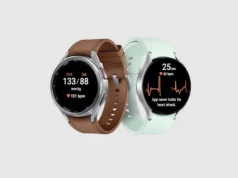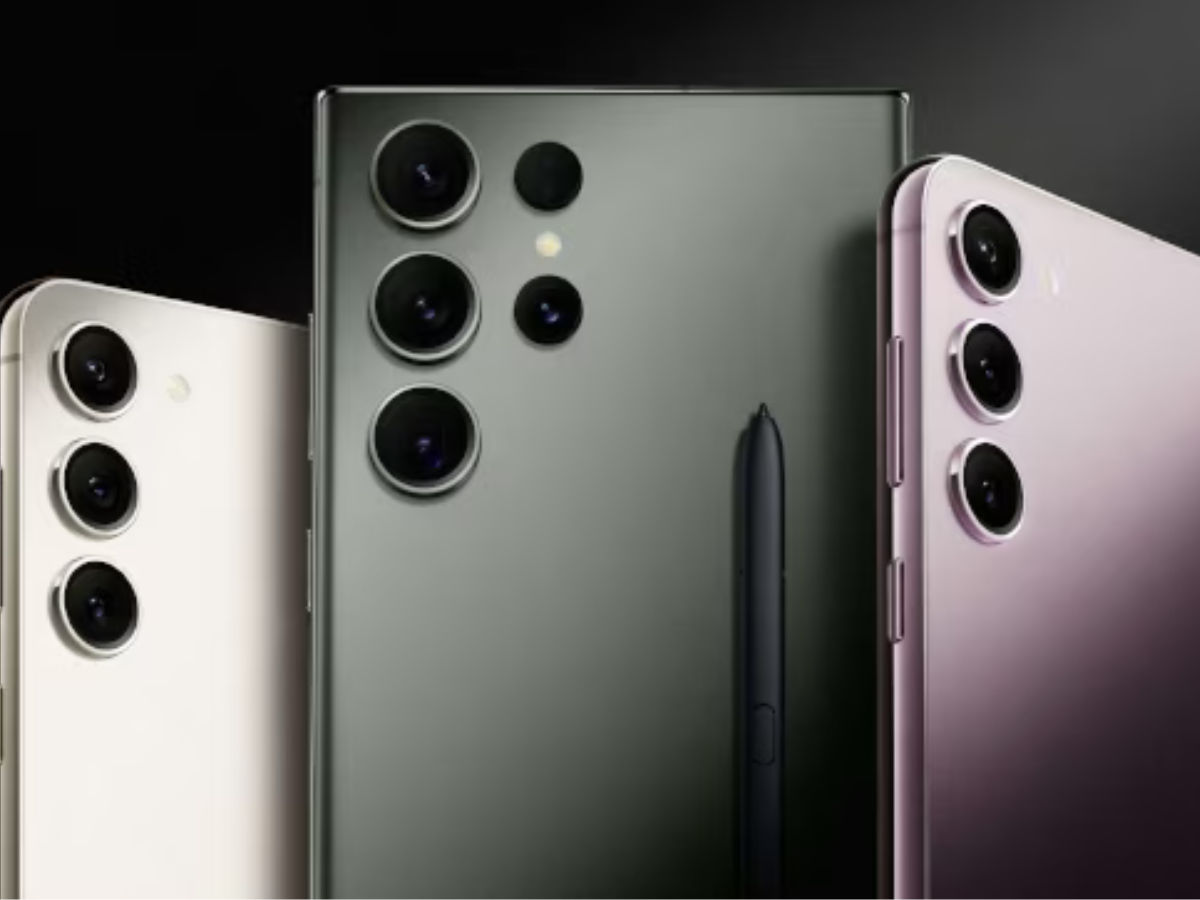The Garmin Forerunner 165 is shaping up to be an exciting addition to the brand’s esteemed lineup of running watches, promising a slew of upgrades over its predecessor, the Forerunner 55, without straying far from the budget-friendly ethos that made the earlier model a hit among runners. As anticipation builds for its official launch, leaked details suggest that this new model will not only continue Garmin’s legacy of quality and reliability but also introduce significant advancements in display technology and feature set, catering to the evolving needs of fitness enthusiasts.
Key Highlights:
- Transition to a 1.2-inch AMOLED display for a more vivid viewing experience.
- Expected in two variants: a standard model and a Forerunner 165 Music version with 4 GB of storage for music.
- Introduction of the fourth-generation PPG sensor, “Elevate Gen 4,” for enhanced heart rate and HRV metrics.
- Inclusion of a barometric altimeter for tracking elevation changes and floor counts.
- Expanded tracking features including SpO2 capabilities, advanced HRV status, and VO2max estimations.
- Enhanced battery life up to 11 days in smartwatch mode and 19 hours with GPS usage.

The upcoming Garmin Forerunner 165 is expected to mark a significant leap in the budget running watch segment, incorporating features that were previously reserved for higher-end models. This move is seen as Garmin’s response to the growing demand for affordable fitness trackers that do not compromise on quality or functionality.
The most notable upgrade in the Forerunner 165 is its 1.2-inch AMOLED display, a departure from the Forerunner 55’s transreflective display. This change promises a more engaging and vivid user experience, with a resolution of 390 x 390 pixels ensuring sharp and vibrant visuals.
In terms of features, the Forerunner 165 is rumored to pack an array of enhancements. The introduction of the fourth-generation PPG sensor, “Elevate Gen 4,” alongside a barometric altimeter, expands its utility for both outdoor and indoor workouts. These sensors will provide users with accurate heart rate and heart rate variability data, as well as the ability to track elevation changes and floor counts during activities.
Garmin is set to release two versions of the Forerunner 165: a standard model and a Music variant, the latter of which includes 4 GB of storage for music and a Wi-Fi antenna, catering to the needs of runners who prefer to leave their phones behind. This feature, combined with the watch’s robust fitness tracking capabilities, positions the Forerunner 165 as a comprehensive tool for health and fitness enthusiasts.
Battery life is a crucial aspect of any wearable, and the Forerunner 165 does not disappoint. It is anticipated to offer up to 11 days of battery life in smartwatch mode, with 19 hours of usage with GPS activated, or 17 hours when utilizing all GNSS options. For those opting for the Music model, using GPS and music playback simultaneously will see battery life decrease to around 6.5 to 7 hours.
Despite these upgrades, Garmin seems committed to maintaining the Forerunner 165’s accessibility to a broad audience. The device’s expected pricing suggests a slight increase from the Forerunner 55, yet it remains within the budget-friendly range, potentially setting a new standard for value in the fitness tracking market.
Coclusion:
The Garmin Forerunner 165 is poised to redefine what athletes and fitness enthusiasts can expect from a budget-friendly sports watch. By blending advanced features with an accessible price point, Garmin is not just updating its product line; it is challenging the market, offering a compelling option for those who seek high-quality fitness tracking without breaking the bank. As the official launch approaches, the Forerunner 165 stands as a testament to Garmin’s commitment to innovation, accessibility, and user satisfaction in the competitive world of wearable technology.

















